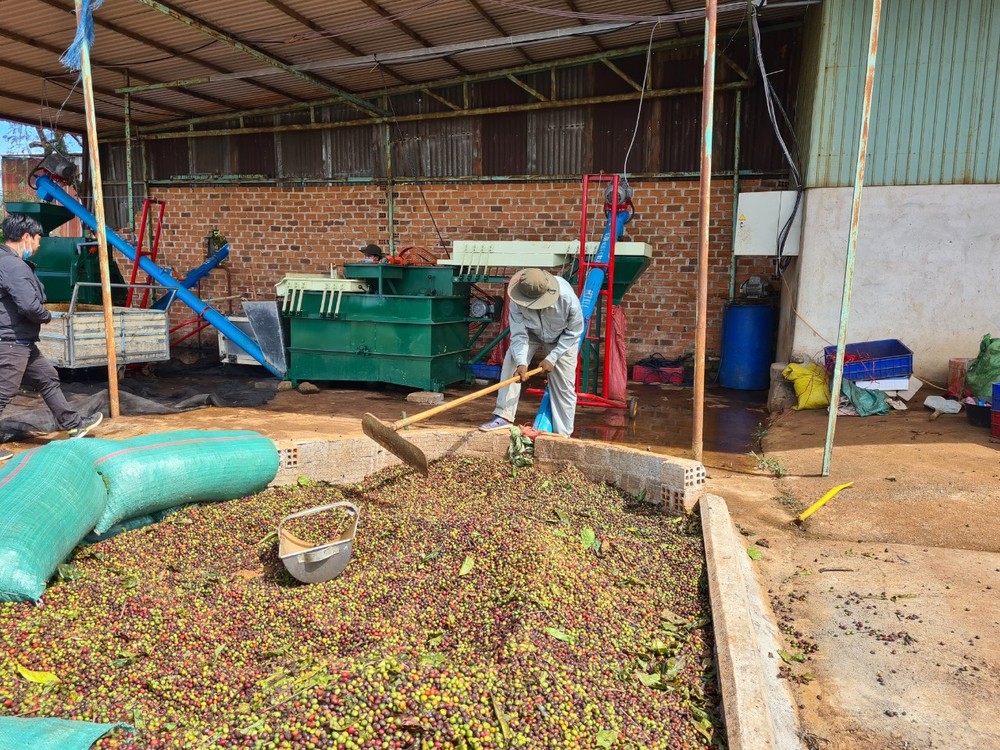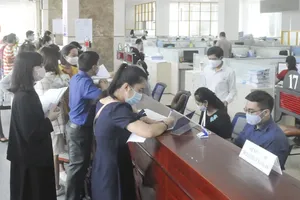
Coffee export revenue totaled over US$2.23 billion, up 56.4 percent. The average export price of coffee stood at $3,351 per ton, an increase of 49.5 percent from the corresponding period in 2023.
In the past four months, domestic coffee prices climbed continuously, rising from around VND90,000 per kilogram to VND137,000 per kilogram by the end of April 2024. Influenced by global market trends, on the morning of May 2, coffee prices in the Central Highlands region adjusted downward by approximately VND2,000 per kilogram compared to pre-holiday levels. Specifically, prices in Dak Nong and Dak Lak settled at VND135,000 per kilogram, while in Gia Lai they stood at VND134,500 per kilogram, and in Kon Tum and Lam Dong at VND134,000 per kilogram.
The relentless rise in domestic coffee prices, driven by supply shortages, has left some exporters grappling with inventory depletion for over a week. Consequently, production capacity has plummeted by 30-70 percent. Export contracts have been put on hold as soaring prices prompt trading partners to turn to alternative sources, such as India, Brazil, and Indonesia, for their coffee imports. This scenario is forecasted to persist until the coffee prices cool down and global supply levels rise.
Coffee export businesses in the Central Highlands region predict that coffee prices could continue to escalate sharply until the end of this year, potentially reaching a new peak of VND200,000-VND250,000 per kg. At this level, domestic coffee producers may struggle, while foreign-invested enterprises could potentially monopolize the market and exert price manipulation.
During the early days of May, the persistent and unusually intense heatwave shows no signs of abating, which is expected to exacerbate the current coffee price surge. There is a high probability that coffee prices will continue to move up in the upcoming weeks. In the Central Highlands, some coffee plantations are experiencing drought-induced losses due to inadequate irrigation. The coffee supply is currently in a dire shortage and is anticipated to remain scarce for a prolonged period.
























